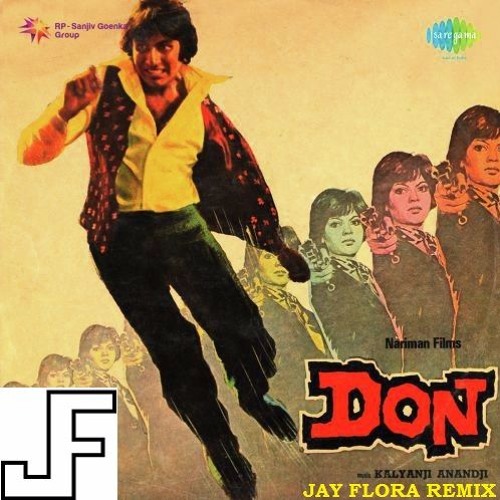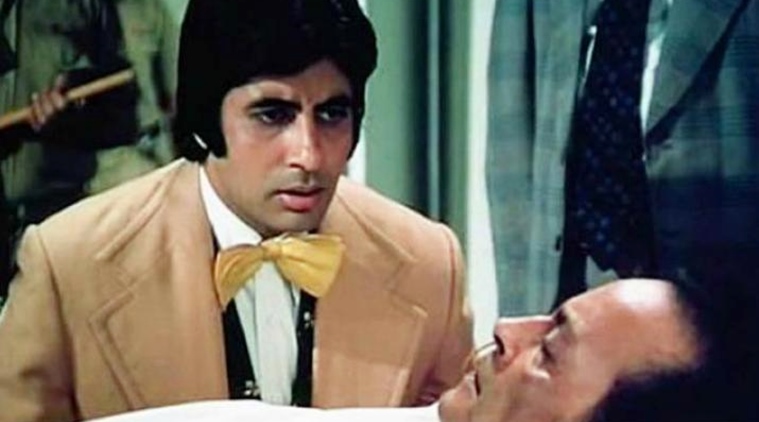
Nowhere was that more evident than in Namak Haraam. Even then, he appeared head and shoulders above his contemporaries. It was simplistic even by Hindi film standards.īut close to five decades later, it’s still a reasonably fun watch, although not necessarily in the manner conceived.īefore he became the face of India’s angst as the Angry Young Man, the character to which Somu was a precursor, Bachchan was struggling to find his own space.

While most of his cinema was personal in nature, Namak Haraam was an outlier, and frankly, not much of an original comment either. Mukherjee, like his mentor Bimal Roy, was also a socialist. In its overt and stated outlook, the Mumbai film establishment was unequivocally socialist till the early 2000s, never mind the subtext suggesting a wish for a more capitalist system. This evolution frames the film’s argument.īombay, as the city was called then, had seen a violent decade in the 1960s (refer Anurag Kashyap’s underseen Bombay Velvet) owing to a vicious battle between mill owners and workers’ unions. That’s it.Įxcept, by the time he cunningly sends Lal packing his bags, he has seen too much poverty and misery to turn his gaze away. He takes up an undercover job at the mill and slowly wins the trust of the workers only to dislodge Lal. Vicky’s ‘hurt’ is so severe that he cries in front of Somu who can’t see anything but his friend’s tears. The plot kicks in when Vicky, asked by his father to run the family-owned mill, is ‘insulted’ by union leader Bipin Lal (A.K. Playing the poor-little-rich-boy, Vicky lives a wealthy but lonely life and craves affection and friendship, both suitably taken care of by Somu, a lower-middle-class boy, and his family. Vicky (Bachchan), the only possible name for rich on-screen brats before the Malhotras arrived, and Somu (Khanna), a curiously unique name for a Hindi film character, take their arcs from the Indian legend of Krishna and Sudama. Set against the backdrop of the ongoing conflict between the industrial mills and workers’ union across the country, the 1973 film is about two best friends who find themselves on the opposite sides of the moral and ideological line separating the mill workers and the mill owner. These completely external factors make Namak Haraam a strange viewing experience today because the film is primarily an exercise in pitting two men opposite each other.Īlso read: Aradhana propelled Rajesh Khanna to his ‘15 hits in a row’ superstardom Bachchan’s stock had just started to rise - Prakash Mehra’s Zanjeer had released earlier that same year and there was no looking back. The director of gentle comedies or sensitive character studies had made a decidedly political film.Įven as it was a successful venture at its time, Namak Haraam gained more prominence retrospectively mainly because of the signifier it became in the careers of both Amitabh Bachchan and Rajesh Khanna. Coming after a record number of successes, Khanna’s halo had just started to fade a little.

More a didactic political argument than anything else, Namak Haraam was unlike any other Hrishikesh Mukherjee film. Just four years into his career, when Amitabh Bachchan was still not a dominant force, he did his second film alongside the reigning superstar, Rajesh Khanna, in Namak Haraam. But in spite of the latter’s dizzying popularity, the film doesn’t eclipse Amitabh Bachchan’s performance.ĭirector Hrishikesh Mukherjee had managed to bring the two together again after the now-cult Anand (which had released two years earlier in 1971). In Anand too, Amitabh Bachchan plays the perfectly stoic foil to Rajesh Khanna’s dramatics. What started in 1969 is the country’s legacy today. His career in Bollywood is more of public history now. To last this long and still be one of the most sought after is even rarer. A five-decade-long career is not a common event in any profession, especially in cinema. Actor Amitabh Bachchan has completed his 50th year in Hindi cinema.


 0 kommentar(er)
0 kommentar(er)
